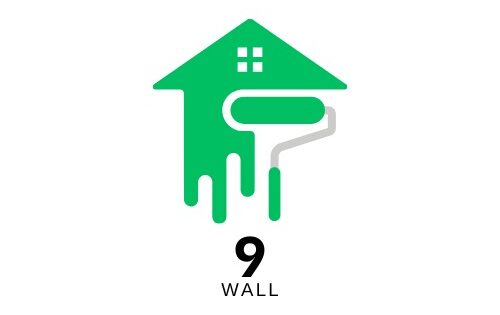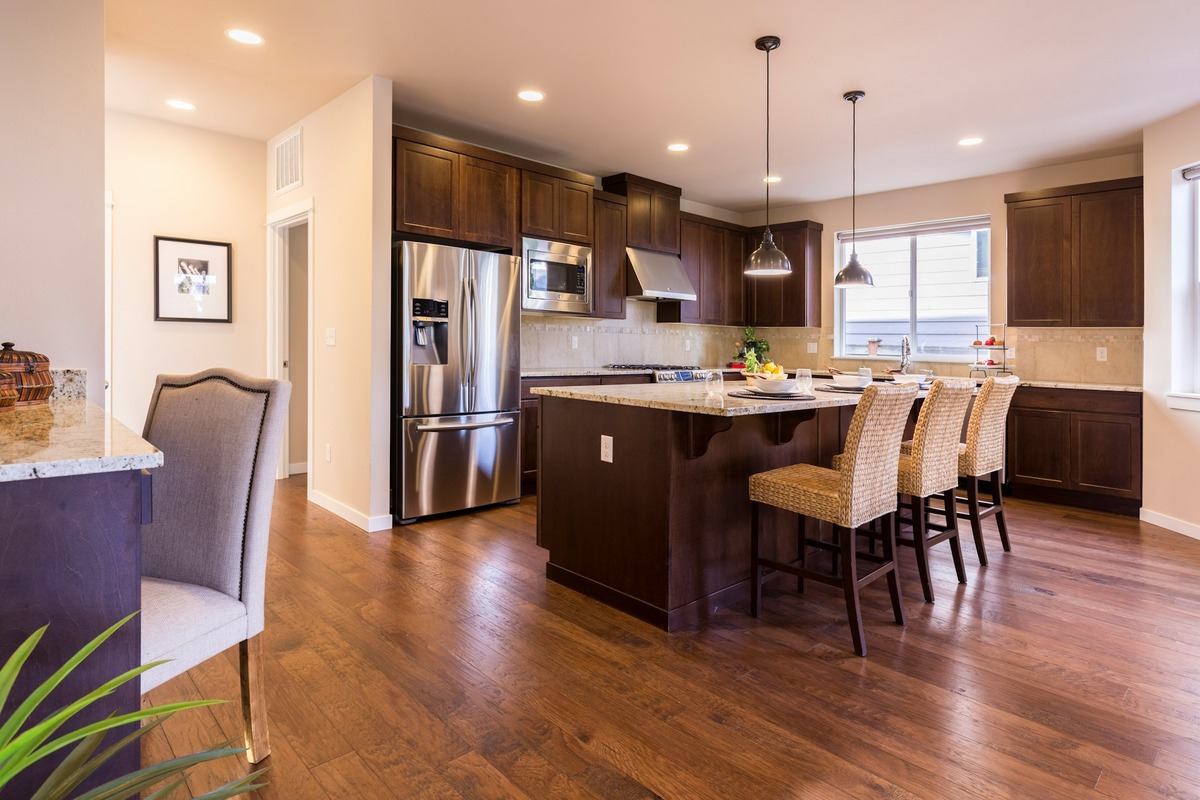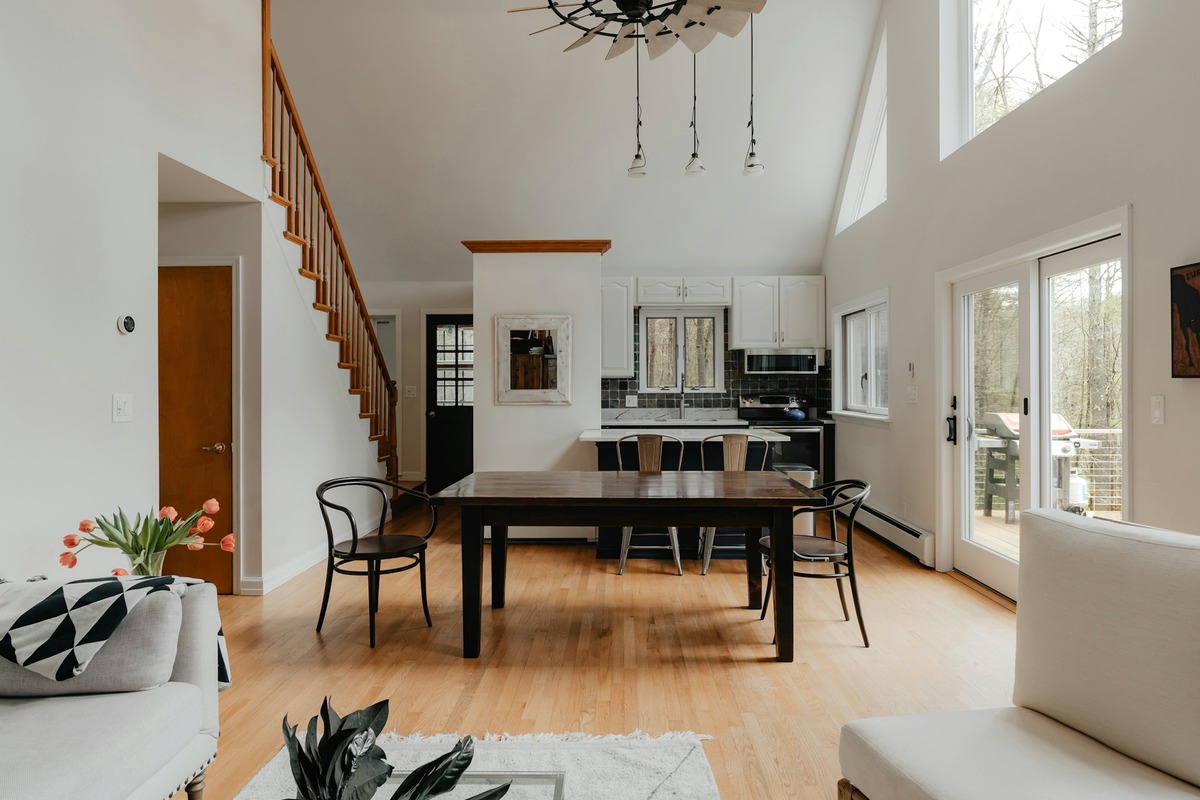Key Takeaways
- Understanding the fundamentals of hardwood flooring can help you make informed decisions.
- Consider various factors such as durability, aesthetics, and maintenance when choosing your flooring.
- Opt for sustainable and high-quality materials to enhance your floors’ look and lifespan.
The Benefits of Hardwood Flooring
Hardwood flooring has long been celebrated for its timeless beauty and unmatched durability. It offers a warm, natural charm that complements any home décor, from traditional to modern. But beyond aesthetics, hardwood provides longevity that other materials struggle to match. If you want to maximize functionality and style, consider options like wide plank wood flooring, which offers an expansive visual appeal and variety in wood species and finishes. In addition to enhancing your home’s aesthetics, hardwood floors can also increase its resale value, making them a wise investment.
Selecting the Right Type for Your Home
When choosing the right type of hardwood, the decision often depends on personal preference and practical considerations. Solid hardwood, known for its thick, single-piece construction, can be refinished multiple times, allowing for long-term use. On the other hand, engineered hardwood consists of several layers bonded together, providing superior stability in varying humidity levels. This makes it suitable for basements or areas with fluctuating climate conditions. Both options offer unique advantages; therefore, understanding your home’s specific needs can guide you in making the best choice.
Durability and Longevity Considerations
Durability is a critical factor when choosing hardwood flooring. Hard species like oak, maple, and hickory have been noted for their resilience and ability to withstand significant wear and tear, making them ideal for high-traffic areas. Consider the Janka hardness test results to determine the hardness and durability of different wood species. This test measures the strength of the wood and its ability to resist dents and wear, providing an essential guide for homeowners looking to invest in long-lasting flooring solutions.
Sustainable Choices in Hardwood Flooring
As sustainability becomes increasingly important, many homeowners consider eco-friendly hardwood options that minimize environmental impact. Bamboo, for example, is technically a grass but offers the strength and appeal of traditional hardwood while boasting rapid renewability. Another sustainable option is reclaimed wood, which reuses old timber to reduce waste and bring a unique, rustic charm to any space. By choosing sustainably harvested or recycled materials, you contribute positively to environmental conservation efforts. You can learn more about sustainable home solutions.
Maintenance Tips for Long-Term Beauty
While hardwood flooring is renowned for its durability, regular maintenance is crucial to preserving its beauty and lifespan. Basic upkeep includes routine sweeping or vacuuming to remove dirt and dust particles that could scratch the surface. Avoid excessive moisture, as water can seep into the wood, causing warping and other damage. Using a specific hardwood cleaner periodically will help maintain the floor’s luster and finish. Consider using rugs or mats for high-traffic areas to provide an additional protective layer.
Cost and Budgeting for Hardwood Flooring
Budgeting for hardwood flooring goes beyond the upfront cost of materials. Installation, maintenance, and potential restoration or refinishing should also be considered. While initial expenses might seem higher compared to other flooring types, the longevity and durability of hardwood can make it a cost-effective choice in the long run. Prioritize quality over saving a few dollars, as high-quality wood floors are less prone to damage and offer a lasting aesthetic benefit, maximizing your return on investment over time.





